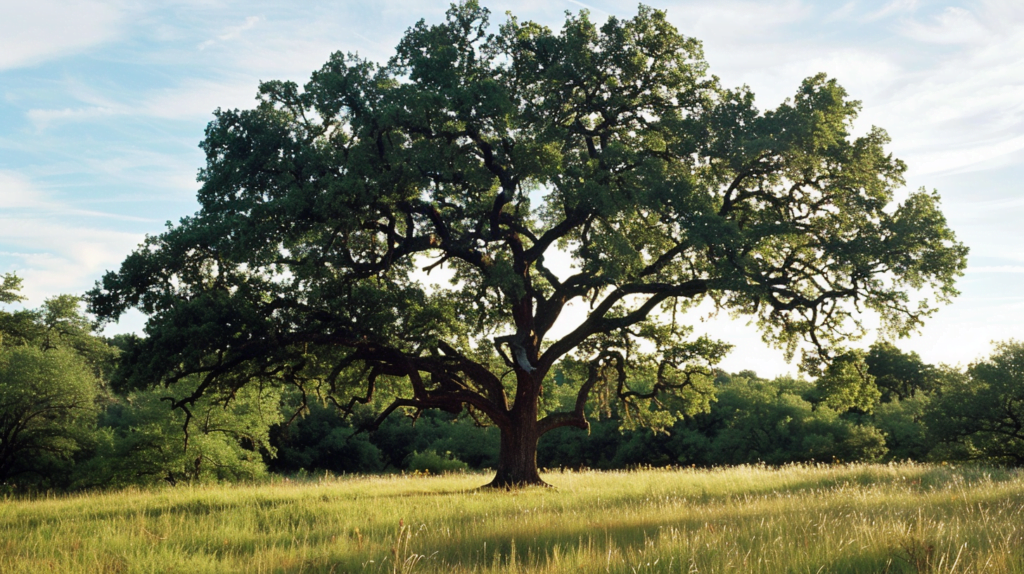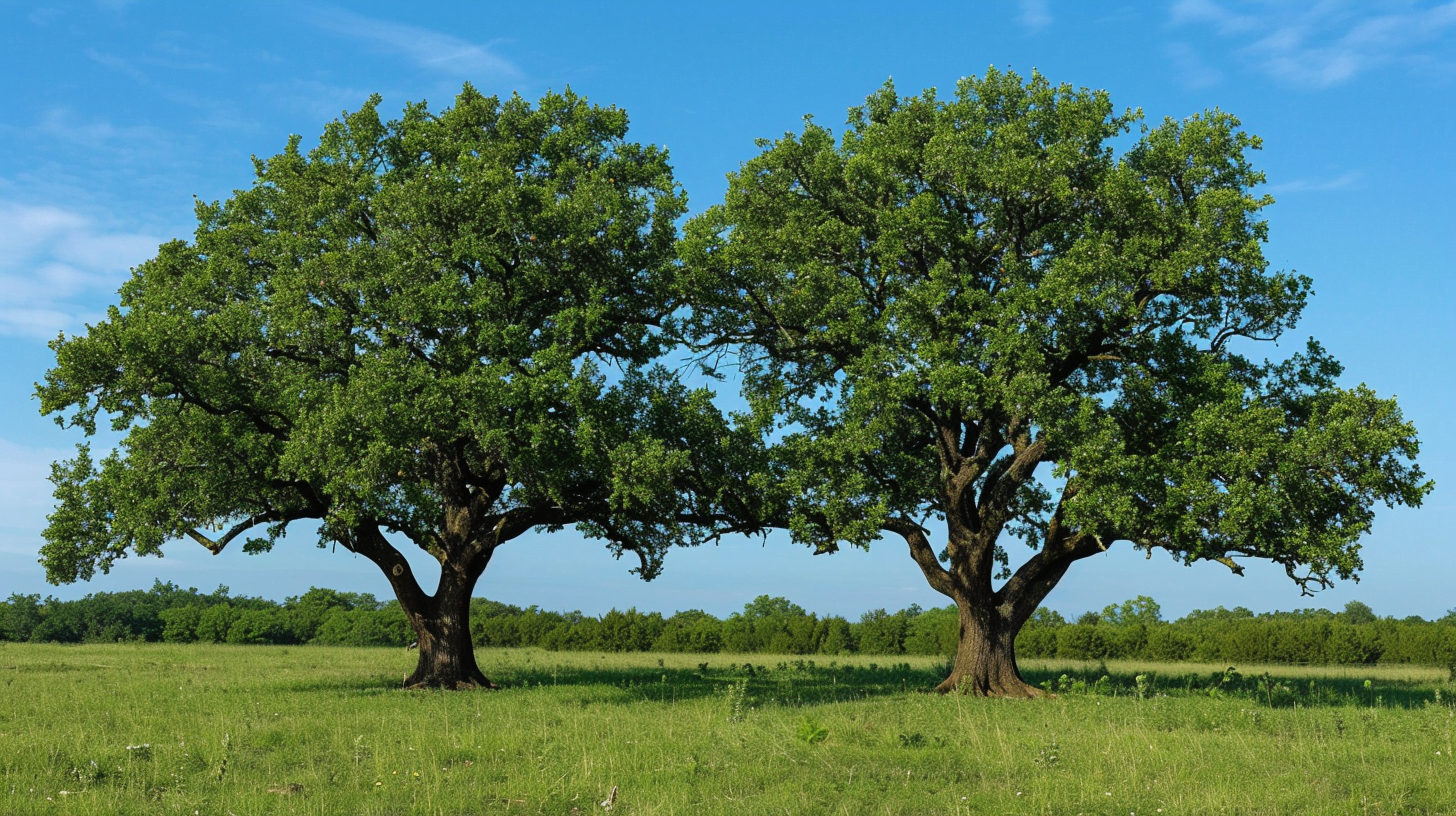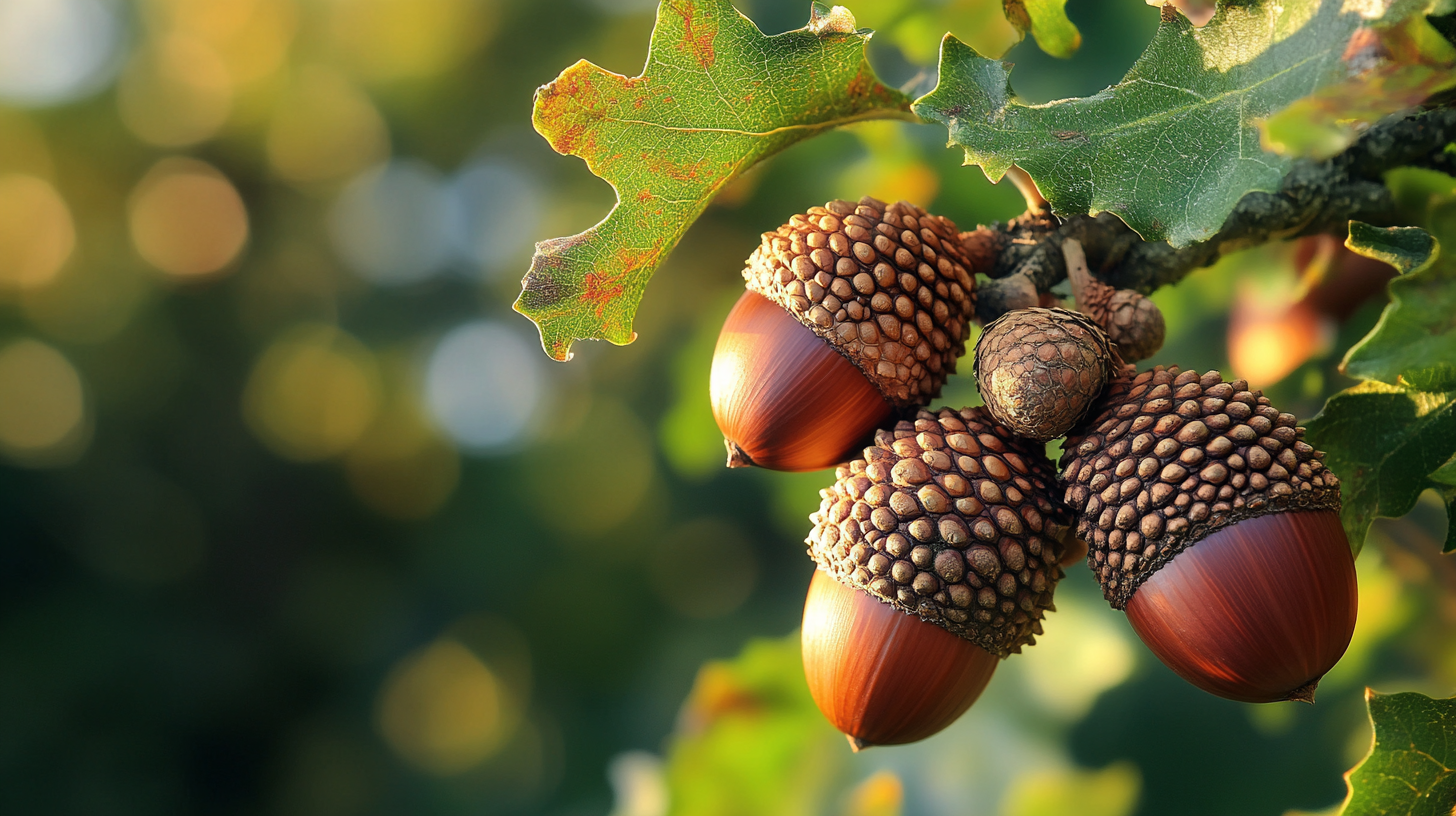Table of Contents
Oak trees are often revered for their majestic canopies, sturdy trunks, and the vital role they play in supporting diverse ecosystems. However, when it comes to their ecological function, oak trees are typically classified as producers, harnessing energy from the sun to fuel their growth through photosynthesis. But what if we told you that oak trees also exhibit consumer-like behaviors that are crucial to their survival and the health of their ecosystems? In this article, we’ll delve into the fascinating world of oak tree ecology and explore the ways in which these trees blur the lines between producers and consumers.
Understanding the Role of Consumers in Ecosystems
Before we dive into the specifics of oak tree ecology, it’s essential to understand the role of consumers in ecosystems. Consumers are organisms that obtain energy by consuming other organisms or organic matter. They play a vital role in maintaining ecosystem balance by regulating the populations of other species and facilitating the decomposition of organic matter. Consumers can be categorized into three main groups:
- Herbivores: consume plants and algae
- Carnivores: consume animals
- Omnivores: consume both plants and animals
Oak Trees: Producers or Consumers?
Oak trees are typically classified as producers because they produce their own food through photosynthesis. However, this classification oversimplifies the complex relationships oak trees have with their environment. Oak trees have evolved to form symbiotic relationships with fungi, which allows them to tap into the nutrient-rich soil ecosystem. This relationship, known as facultative mycorrhizal mutualism, enables oak trees to access nutrients that would otherwise be unavailable.
The Symbiotic Relationship Between Oak Trees and Fungi
Facultative mycorrhizal mutualism is a type of symbiosis where oak trees provide carbohydrates to fungi in exchange for essential nutrients like nitrogen, phosphorus, and water. This relationship is not unique to oak trees; many plant species have evolved similar mutualisms with fungi. However, the extent to which oak trees rely on these relationships is remarkable.
| Benefit to Oak Trees | Benefit to Fungi |
|---|---|
| Increased nutrient uptake | Carbohydrates for energy |
| Improved water absorption | Protection from pathogens |
| Enhanced soil exploration | Increased surface area for absorption |
Do Oak Trees Consume Carbon from the Soil?
One of the most fascinating aspects of oak tree ecology is their ability to absorb carbon from the soil through their mycorrhizal networks. This process, known as carbon sequestration, is critical for mitigating climate change. By storing carbon in their biomass and soil, oak trees help to reduce the amount of carbon dioxide in the atmosphere.
| Carbon Sequestration Methods | Oak Tree Contribution |
|---|---|
| Biomass storage | 50-70% of total carbon sequestration |
| Soil carbon storage | 30-50% of total carbon sequestration |
How Do Oak Trees Respond to Nutrient Limitations?
Oak trees have evolved several strategies to cope with nutrient deficiencies, including:
- Altering root architecture: Oak trees can modify their root structure to increase surface area and improve nutrient uptake.
- Increasing mycorrhizal activity: By investing more energy in their fungal partners, oak trees can increase the amount of nutrients available to them.
- Associating with nitrogen-fixing bacteria: Some oak trees have formed relationships with bacteria that can convert atmospheric nitrogen into a usable form.

The Importance of Oak Trees as “Keystone Consumers”
Oak trees are often referred to as keystone species because of their disproportionate impact on their ecosystems. By modifying their environment through their consumer-like behaviors, oak trees create habitat for other species, influence soil chemistry, and regulate ecosystem processes.
| Ecosystem Service | Oak Tree Contribution |
|---|---|
| Habitat creation | 30-50 species dependent on oak trees |
| Soil modification | Increased nutrient availability |
| Ecosystem regulation | Regulation of water cycles |
Conclusion
In conclusion, oak trees are not simply producers; they are complex organisms that exhibit consumer-like behaviors that are essential to their survival and the health of their ecosystems. By recognizing oak trees as both producers and consumers, we can gain a deeper appreciation for the intricate relationships within ecosystems and the critical role these trees play in maintaining ecosystem balance.
Are oak trees consumers? The answer is a resounding yes. While they produce their own food through photosynthesis, their reliance on fungi and other organisms for essential nutrients blurs the line between producer and consumer. As we continue to learn more about the intricate relationships within ecosystems, we are reminded of the importance of preserving and protecting these vital systems.




